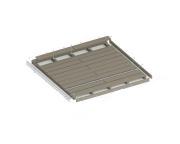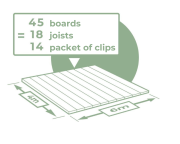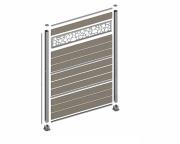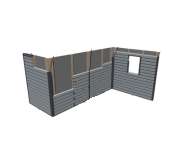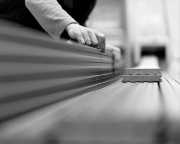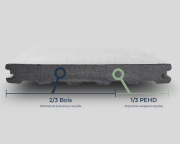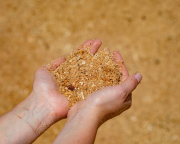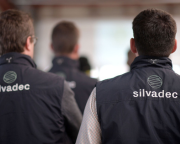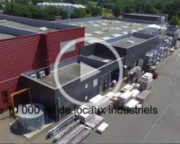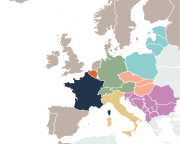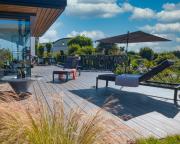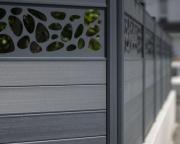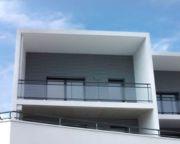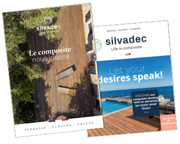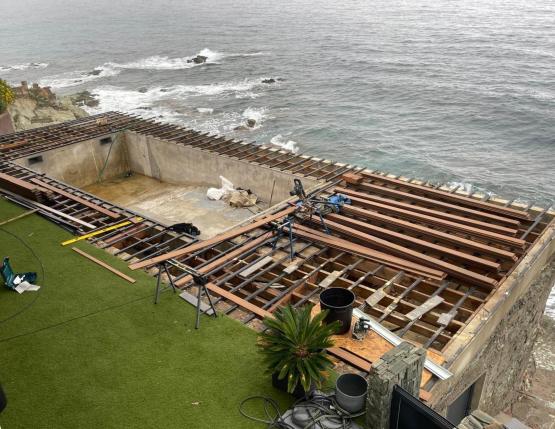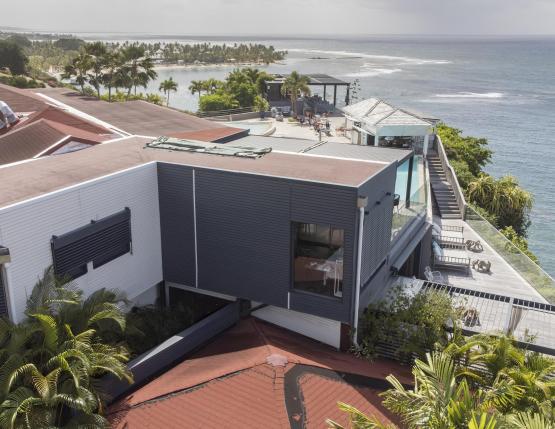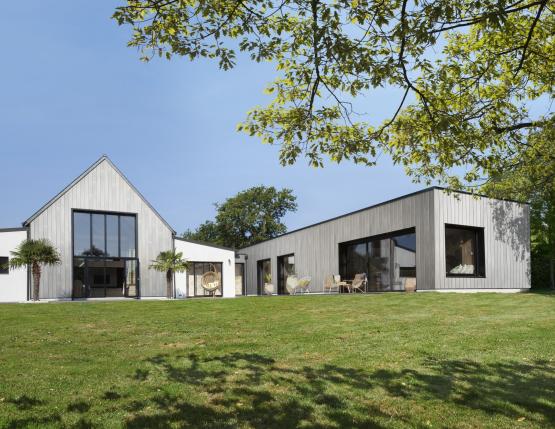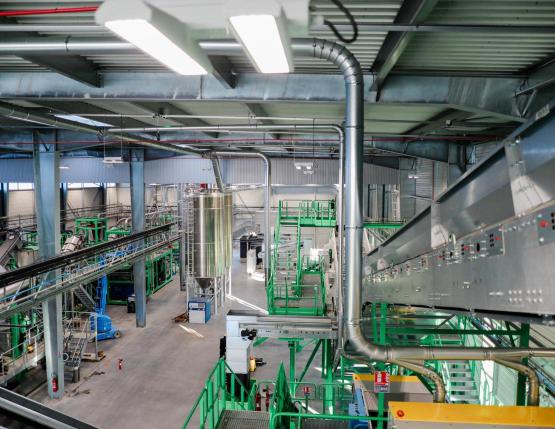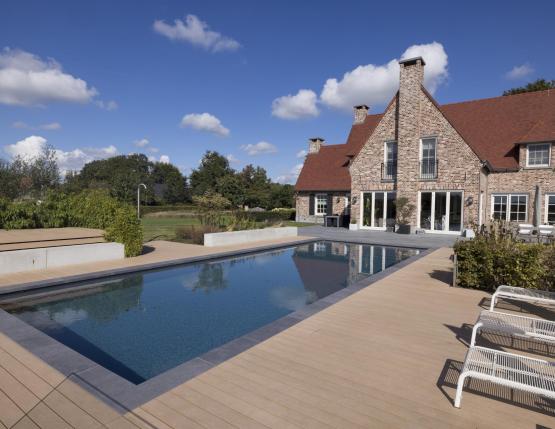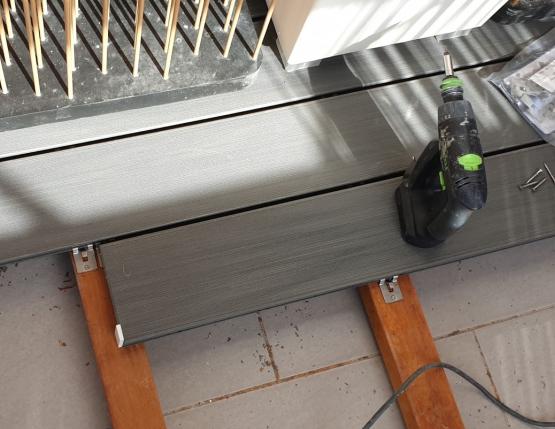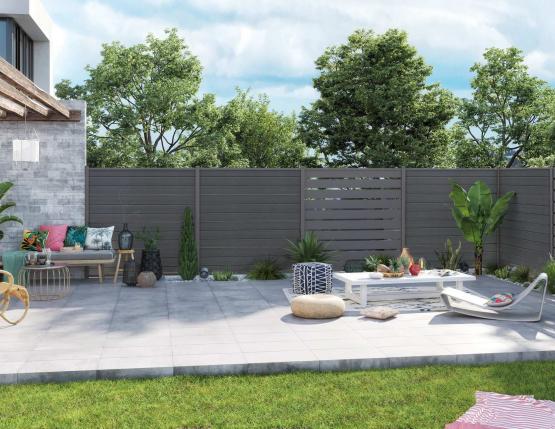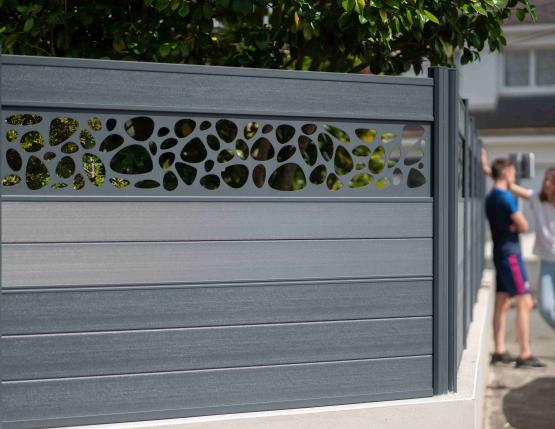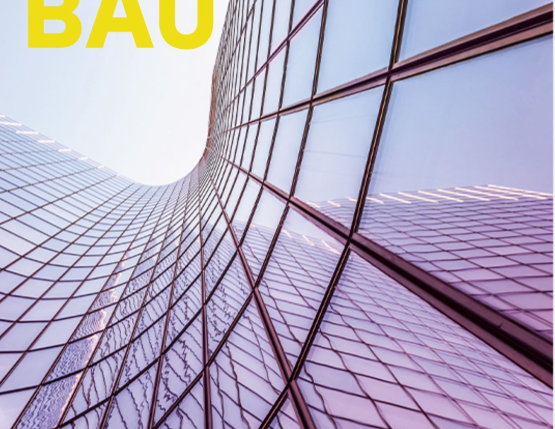March 2024
Fences play an essential role in defining property boundaries and providing privacy, security, and aesthetics to an outdoor space. Among the popular options on the market, aluminum and composite fences stand out for their unique characteristics. This guide aims to provide a comparative analysis between these two types of fencing, highlighting their advantages, disadvantages, and the factors to consider when choosing the one that best suits your needs.
Composition and Aesthetics
Aluminum Fencing
- Composition: Aluminum fences are manufactured from corrosion-resistant aluminum, making them durable and suitable for outdoor use.
- Aesthetics: They offer an elegant and modern appearance, with a variety of styles and finishes available, including custom color options and vertical or horizontal designs, to match your property's aesthetics.
Image
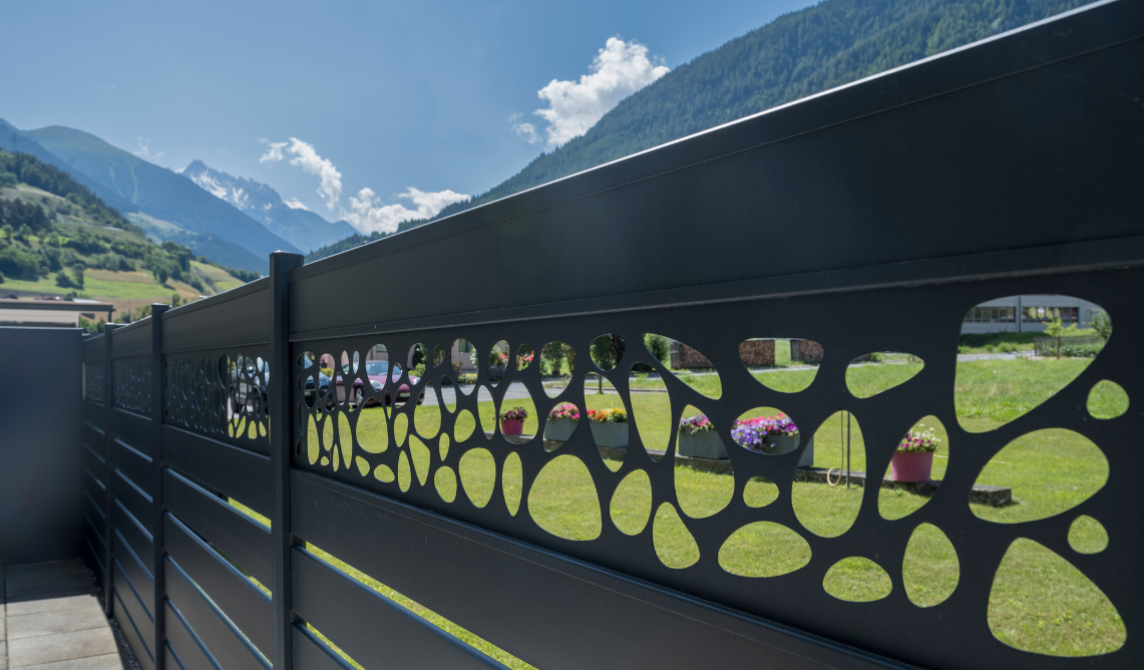
Image
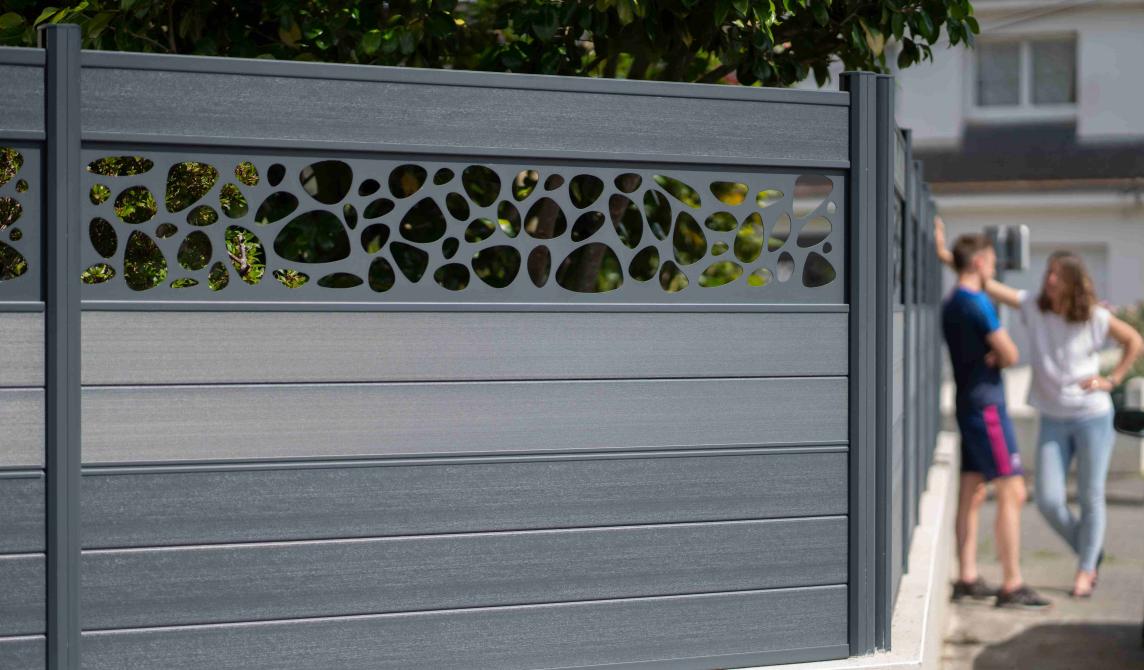
Atmosphere anthracite grey fencing board SICLOT1404
Composite Fencing
- Composition: Composite fences are made of wood flour and polymer, making them resistant to decay, fading, and wood-eating insects.
- Aesthetics: They present a unique personality that brings them closer to the natural appearance of wood, providing a warm and authentic aesthetic without the maintenance hassles associated with solid wood.
Durability and Maintenance
Aluminum Fencing
- Durability: Aluminum fences are resistant to rust, warping, and weather conditions, making them ideal for varied climates.
- Maintenance: They require little maintenance; occasional cleaning with soapy water is sufficient to keep them in good condition.
Composite Fencing
- Durability: Composite fences are resistant to the elements and maintain their appearance over time without requiring regular painting or staining.
- Maintenance: They are easy to maintain, requiring only periodic cleaning with water and soap to remove dirt and debris.
Cost
Aluminum Fencing
- Initial cost: Aluminum fences may have a high initial cost due to their quality and durability, but they offer good value for money in the long term due to their low maintenance and longevity.
- Long-term cost: While the initial investment may be higher, maintenance and replacement costs are minimal, making it an economical long-term option.
Composite Fencing
- Initial cost: Composite fences can be comparatively more expensive to purchase than solid wood or PVC, for example, but their durability and low
Installation and Design Flexibility
Aluminum Fencing
- Installation: Aluminum fences are generally lightweight and easy to install, which can reduce installation costs.
- Design flexibility: They offer some flexibility in terms of styles and configurations, and are just as adaptable to irregular terrain as composite fences.
Composite Fencing
- Installation: While composite fences may be heavier than their aluminum counterparts, their weight is reduced through the use of hollow boards. Once the posts are installed, installation by stacking the boards and rails in the posts is very easy.
- Design flexibility: They offer great flexibility in terms of styles an
Environmental Considerations
Aluminum Fencing
- Recyclability: Aluminum is fully recyclable, making it an environmentally friendly choice.
- Manufacturing: Aluminum manufacturing may require more energy than composite manufacturing, but its recyclable nature offsets this disadvantage.
Composite Fencing
- Recycled Materials: Composite fences use recycled materials, which reduces their environmental impact.
- Sustainability: Their long lifespan and low maintenance contribute to reducing their overall carbon footprint.
Image
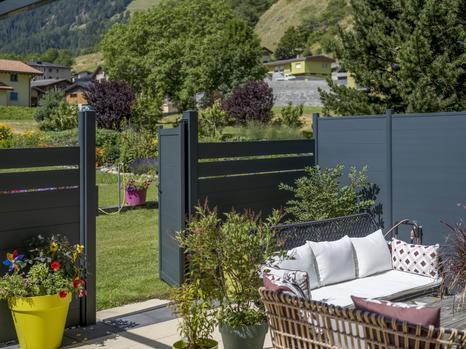
Learn More
- Recyclability: Silvadec boards are mainly made from recycled wood. They are also recyclable at the Silvadec production site.
From its beginnings, Silvadec received support from ADEME. - PEFC Certification: This certification assures buyers that wood or wood-derived products come from sustainably managed forest sources. Silvadec is the first composite manufacturer certified in Europe, and our suppliers also share this commitment.
- Hollow boards: for fencing, Silvadec offers hollow boards, which are lighter and easier to install, unlike solid decking boards that are installed close to the ground.




















